 |
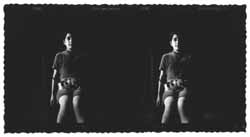 |
|
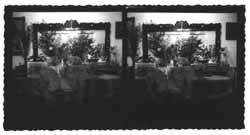 |
 |
|
 |
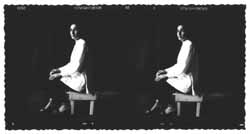 |
|
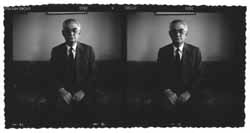 |
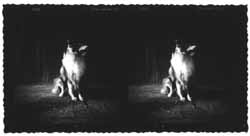 |
|
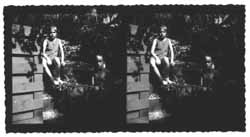 |
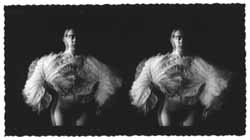 |
|
Available light is a phrase which recurs in the recent history of photography. It may have originated in the 1920s, in the era of the Ermanox camera, which was designed to take advantage of such light. At first we might understand the phrase as referring simply to an aesthetic preference, but after reflection it is clear that it has just as much to do with ethics. Available light functions in relation to darkness. In the theory of available light there are reminders of the Genesis story and of the dividing of light from darkness. In Genesis, though, it is the dividing which is important. In the photography of available light –as practised by Athina Chroni and by her modernist precursors- continuities matter. Darkness remains a ground, almost a kind of primal undeveloped light, from which the subject emerges. Being, that is to say, is to be considered under these terms as coming into being, as natura naturans. Available light suggests –and this constitutes the beauty and the poignancy of the mode- that we are somehow continuous with our ambience. We may in actuality be ordinary enough but in the kind of available light preferred by Athina Chroni we begin to look like creatures of light, brought momentarily into being as phenomena. We come into the light in these settings, and the light illuminates us for a relatively brief moment. This state of affairs is underlined by the fact that all of these are stereoscopic pictures (at least in their original form) and meant to be shown on apparatus which requires us, the viewers, to adjust ourselves to the act of viewing. We compose ourselves and the image comes into focus less as a thing apprehended inertly on a gallery wall than as an appearance clarified. Athina Chroni’s is, in fact, a markedly phenomological photography, committed to an idea of appearances (phenomena) and of uncovering (or aletheia, in the language favoured by Heidegger). It is interesting, in relation to this tendency, to note just how many of her pictures comment on acts of balancing and of holding a position. Any degree of fixity, the picture imply, has been achieved with difficulty and can scarcely be maintained. The result is an art which implicates theory with practice, an art which can be simultaneously sensed and read, an art which draws on everyday experience but which is at the same time satisfyingly philosophical. Available Light / text by Ian Jeffrey, Entefktirion Magazine No 54 / Camera Obscura No 49 (Summer 2001), Published by the Macedonian Society for the Arts and Culture, Thessaloniki 2001 My choice to present the portraits of this specific unity in a stereoscopic way derived from the fact that the spectator can be isolated from the surroundings when looking through the eye-glass apparatus adjusted in front of every double picture, literally, getting into the photograph fully aware of space, depth and distances between the elements consisting the picture. My intention is to achieve the best possible discreet stereoscopic result so that the picture attracts not because of a probably impressive sensation but because of the emotion it causes "functioning" as a normal 2D picture. The STEREOPSIS unity (40 stereoscopic black & white portraits) has been presented in February 2000, during the 12th Photosynkyria International Photography Festival and was awarded the Kounio/Pentax prize for the best entry of the festival. Athina Chroni |